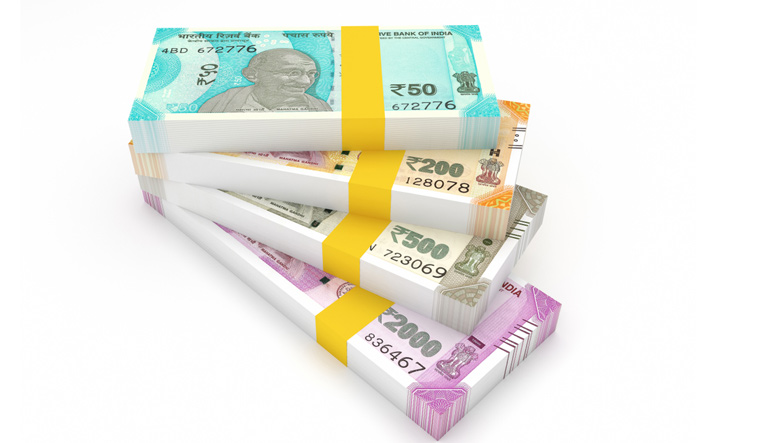With India’s economy beginning to turnaround following one of the harshest lockdowns implemented to control the COVID-19 pandemic, demand for credit from various sectors has also picked up and ratings agency CRISIL expects loan growth in the current financial year ending March 2022 to rise to 9-10 per cent.
India’s credit growth declined 0.8 per cent in the first half of the last financial year due to the impact of the lockdown. However, as businesses began to recover, credit growth in the second half of the year picked up and is expected to have clocked a 5 per cent growth for the full year ending March 2021.
“Lending to large corporates have been muted, because of concerns or flight towards quality in the banking sector. But, we expect lending to micro, small and medium enterprises (MSMEs) and retail sector increasing sharper than what we anticipated,” said Gurpreet Chhatwal, managing director of CRISIL Ratings.
As India began unlocking the economy post the lockdown, there was a rise in pent up demand across sectors, which helped kickstart the economy. As industrial operations also picked up to meet the demand, credit offtake also increased. The emergency credit line guarantee scheme (ECLGS) also helped.
The credit growth this year will be further supported by various growth-oriented measures announced in the budget by finance minister Nirmala Sitharaman as well as several other measures announced parallely, added Chhatwal.
While bank credit credit growth is seen picking up 400-500 basis points this year to around 9-10 per cent, non-banking finance companies (NBFC) are likely to see a much slower credit growth at around 5-6 per cent.
“We have slowly seen disbursements picking up in the NBFCs, but they haven’t returned to the pre-pandemic level. So, despite some green shoots, the funding access for the NBFC sector is not near normal,” said Chhatwal.
Even as credit growth is picking up, gross-non performing assets are also likely to rise this year with the Supreme Court in its recent judgement in the loan moratorium case removing the standstill on the recognition of NPAs.
In the first nine-months of 2020-21, banks’ gross NPAs declined to 7 per cent from 8.2 per cent in the previous financial year. This was largely because banks were not able to recognise fresh NPAs due to the standstill agreement. With that out of the way, gross NPAs are expected to rise to 10.5 per cent to 11 per cent in 2021-22, according to CRISIL.
But for various measures like moratorium on loan EMI (equated monthly installments) till August, one-time loan restructuring and ECLGS announced by the Reserve Bank of India, NPAs would have been much higher last year.
Over the last few years, a big share of the NPAs were accounted for by large corporates. This time around, though, NPAs could be higher from the MSME as well as retail segments, which are more vulnerable to the pandemic than the larger corporates.
COVID-19 cases have seen a sharp rise in the last month and that will also pose a risk to the outlook, says the credit ratings agency.
“The sharp rise in COVID-19 cases since mid-February 2021 and the impact of any stringent containment measures on businesses are the key threats to the nascent demand recovery and could impact the credit quality outlook adversely,” said Somasekhar Vemuri, senior director at CRISIL Ratings.
also read
- Banks likely to see slower credit growth in 2024-25
- Who is Nadine Ahn? Royal Bank of Canada CFO fired over secret office relationship
- Banks to function this Saturday, Sunday. Details of holidays in April here
- What should you do if banks mis-sell insurance products? PSBs told to protect interest of customers
Vemuri, however, added that CRISIL’s resilience study of 42 sectors, indicates that only six sectors are highly sensitive to a resurgence in COVID-19.
Airlines, airport operators, hospitality and retail, which have a long road to recovery, are sure part of the highly sensitive sectors, but these also include gems and jewellery and automotive dealers that have so far benefited from release of pent-up demand, pointed CRISIL.





